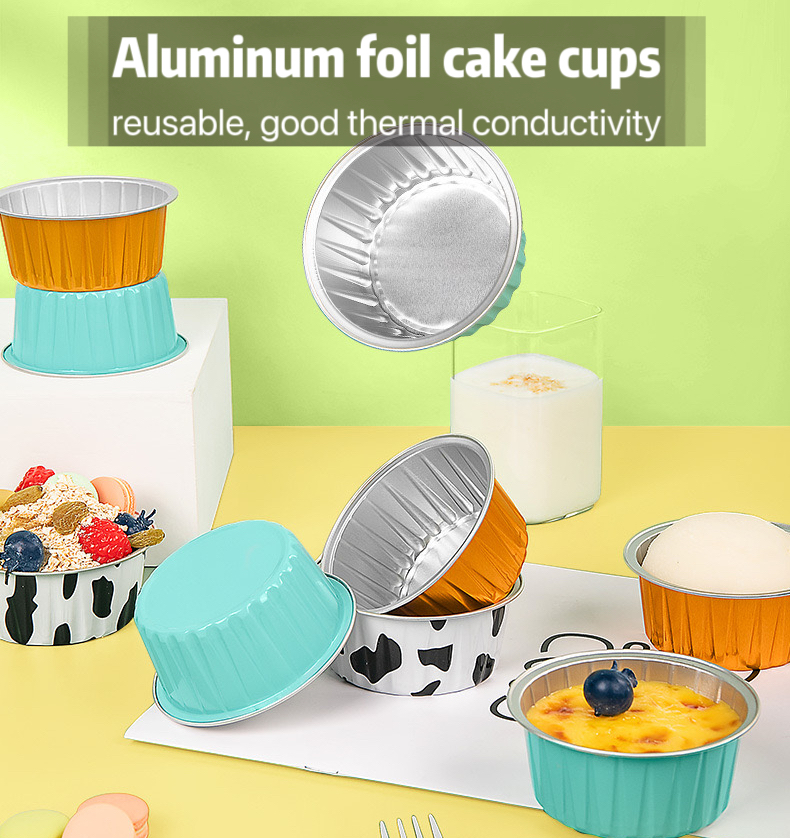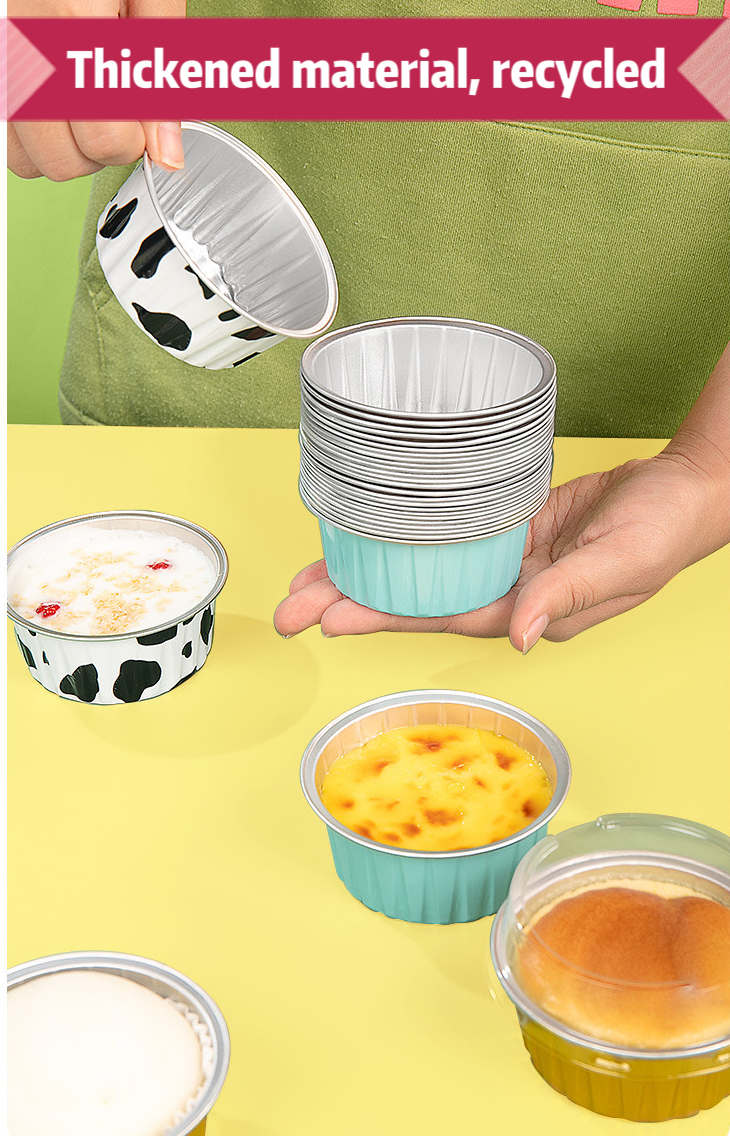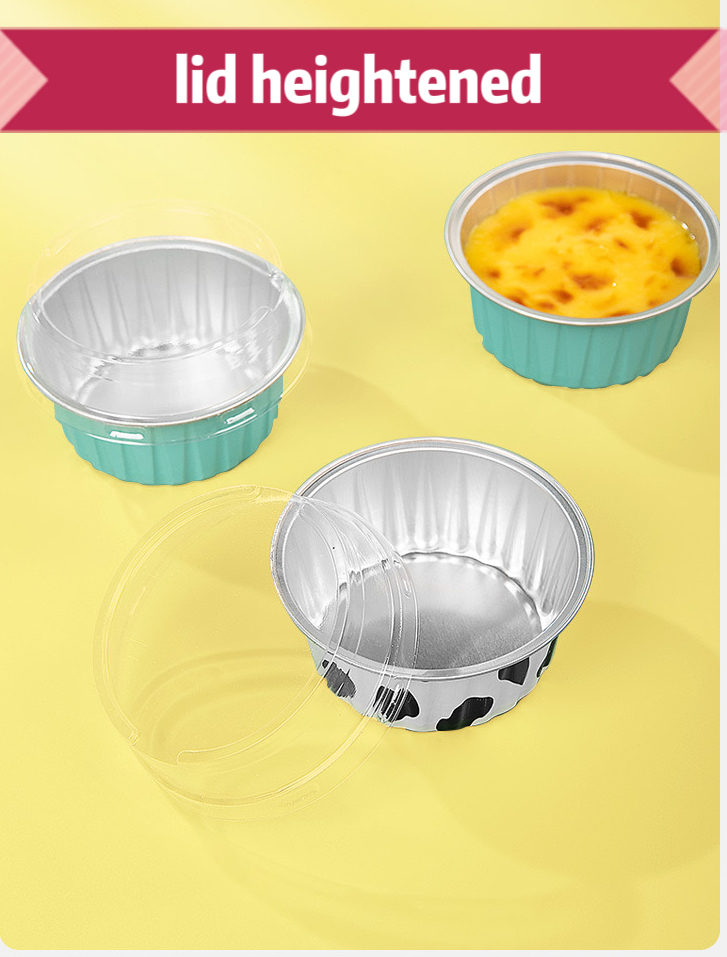According to statistics, the total annual output of plastics in the world has exceeded 100 million tons, of which about 30% is used for packaging materials. The use of plastic packaging in large quantities has caused the proliferation of plastic waste and severely polluted the environment. In recent years, in the development and research of many “green packagingâ€, the application of natural biomaterials to make edible packaging films has become a major topic for the development of new technologies in the food packaging industry in the contemporary world.  The edible packaging film is a film with a porous network structure formed from natural edible substances and formed by interactions between different molecules. China has always used glutinous rice paper as an inner packaging for candy to prevent sticking. In the 12th century, China used wax to coat oranges and lemons to reduce respiratory intensity and extend shelf life. In recent years, the world has begun to develop a new generation of edible film, its function gradually increased, generally with moisture, oxygen, preservation, anti-ultraviolet and other functions, in order to improve product quality, extend shelf life, and promote sales.  Edible packaging films can be divided into: polysaccharides, proteins, lipid compounds and composite films. According to the differences of film-forming materials, several new types of edible packaging films with better performance are discussed.  I. Edible sodium alginate membrane 2 Performance and Application II. Edible sodium alginate 2 Features and Applications Edible konjac glucomannan thin film 2 Features and Applications Fourth, chitosan edible packaging film Fifth, soy protein isolate edible packaging film 6. Microbial Copolymer Polyester Edible Packaging Film Seven, protein, fatty acid, polysaccharide composite edible packaging film The above lists several new types of edible packaging films. The development of edible packaging films at home and abroad can be seen as a glimpse into the tube. As edible packaging has the role that no other food packaging can replace, the relevant experts believe that the development prospects are very broad through market prediction. The basis is: First, raw materials are all taken from green food, which is beneficial to human health; Second, due to the reduction of food Discarded packaging pollution; Third, the variety of performance, widely used in a variety of cooked foods inside and outside the packaging, and easy to use. Therefore, vigorous development of edible packaging films has been favored by many scientific research institutions and manufacturers, and has become a promising food packaging industry. However, we must also correctly understand the existing problems of edible packaging film. First, how to prevent contamination of edible packaging, resulting in it is only suitable for the packaging of the internal packaging, there are great limitations; second, the use of edible packaging film due to High technical content, and most of them are in the test, not formally put into production, so the production costs are high, not a lot of promotion; Third, because edible packaging film has the dual functions of food and packaging, more easily counterfeited by illegal traders.  Therefore, aiming at the above problems, we should further strengthen the research on the application of edible packaging film, reduce the cost and technical content, strengthen the supervision and management mechanism, and accelerate the soundness of relevant packaging regulations. Aluminum Foil Container is a versatile and convenient solution for food
packaging and storage. It is made from high-quality aluminum foil
material, which is lightweight, durable, and resistant to heat and cold. Aluminum Foil Container,Disposible Aluminum Foil Tableware,Aluminum Foil Container For Airline,Aluminium Foil Pan For Bakery walson groupe , https://www.walsongroup.com
1 film formation process
The starch was formulated into a 9% aqueous solution, then heated to gelatinize, and 35% sodium alginate was added. After thoroughly stirring for 30 minutes, 10 ml of 15% glycerin was added and stirred for 15 minutes. Finally, a water-repellent agent was added, and the film was dried. After the sodium alginate film. 
Has similar plastic appearance and mechanical properties, moisture resistance, good gas barrier, high tensile strength, its water resistance is controlled by the addition of water resistant agent, according to the requirements of the packaging on the water resistance in the manufacture of artificial regulation, Alginate itself is a kind of dietary fiber in the film. It has certain physiological and health functions for the human body and can be used as a carrier for enzymes, spices, drugs, microorganisms, and other substances. It can be used for the packaging of spices, drugs, candy, dried fruits, and other foods. Can be used for the manufacture of edible cutlery. 
1 film formation process
According to the formula, a certain concentration of sodium alginate membrane material aqueous solution is prepared, and the temperature is kept in a constant temperature water bath at 60-70° C. for 15 minutes. The mixture is fully stirred and dissolved, degassed under a vacuum of 0.09 MPa for 2 minutes, and then coated on a certain area of ​​a smooth glass dish. Dry at an appropriate temperature and store the film in a desiccator at 65% RH. 
Relieve food dehydration, inhibit microbial contamination, protect the color of meat products and prevent the oxidation of food ingredients. It has been used in the manufacture of artificial casings, food cling film, glutinous rice paper and other edible packaging films, and can be applied to tomatoes and other fruits using its characteristic film. Surface, to achieve fresh effect. However, sodium alginate is a hydrophilic polymer, which forms a film with poor moisture resistance. Therefore, it is necessary to make further studies to develop composite membranes by using various cross-linking means or by using water-blocking properties of lipids in order to improve their moisture resistance. 
1 film formation process
Using konjac glucomannan as raw material, add 5% to 10% of plasticizer (glycerin or sorbitol), 3% to 5% of reinforcing agent (sodium alginate or gelatin), mix in the presence of trace base Made into a viscous solution on a smooth glass plate (40 × 60cm) cast film (20um) in the oven at 80 ~ 85 °C) drying 40 ~ 60min, remove the film, kept in the vacuum drying oven . 
1 Konjac glucomannan is a natural macromolecule material extracted from konjac tubers. Due to its excellent water-bearing properties, gelling property, stickiness, reversibility and suspensibility, it is used in food, medicine and chemical industry. Wide range of applications. In this study, the excellent film-forming ability of konjac glucomannan and the irreversibility after gel formation were studied to study high-concentration edible films. This high-strength edible film has high tensile strength, good elongation at break, high folding endurance, decomposability, heat resistance, ventilation and waterproof, good moisture resistance, and heat-sealable bonding. It is a new type of printing. Non-toxic, pollution-free food packaging materials. 
2 The film formed by konjac glucomannan has better water resistance than other macromolecule material films (such as various starch, protein films, etc.), but it is different from that of artificial synthetic film (such as ordinary plastic film). Larger, to be modified by various modifications to improve its water resistance. 
3 The raw materials of konjac and konjac processed products containing glucomannan are the traditional products for export and foreign currency exchange in China. Due to the needs of the international market, the prices are higher than the prices of the raw materials of the home products, and thus the film price is higher than that of starch edible films. We will vigorously develop the production of konjac raw materials, which is the basis for the development and utilization of high-strength edible konjac glucomannan. 
Chitosan is an extract of crustaceans such as shrimp, crab and insects. This packaging film was successfully developed by the American Agricultural Research Institute and California Agricultural Technology Research Center and is mainly used for the packaging of fruits and vegetables. Combining chitosan with 12-carbon lauric acid produces a uniform edible film with a thickness of 0î€2 to 0.3î€3mm. Therefore, the transparency is very high, and the fresh-keeping packaging used for peeling or slicing fruits has good preservation effect. 
This packaging film was successfully developed by the Southern Research Center of the US Bureau of Agricultural Research. It has many advantages, such as the ability to maintain moisture, but also to prevent the entry of oxygen, but also to ensure the original taste of fat foods, high nutritional value after eating, and easy to handle, in full compliance with environmental requirements. Using soybean-derived proteins, we produce a plastic-like filled base that is mixed with plasticizers that are harmless to humans such as glycerin and salivariol to produce edible packaging films for food packaging. Good strength, elasticity and moisture resistance, and some still have a certain ability of antibacterial disinfection. 
This type of membrane is made of polyester, 3-hydroxybutyl, 3-hydroxybutyl, 4-hydroxybutyl, caprolactone, etc., produced from microbial fermentation, such as molasses, fats and oils. At present, the microbial copolymerization acid EPF has been successfully researched and developed into products by the United Kingdom and the United States, and has attracted the attention of researchers from various countries. However, in China, the edible fungus mold polysaccharide film produced in 1998 was produced by adding glycerin to the mold polysaccharide produced by the fermentation of Spodoptera fuliginea, which has high gas barrier properties and tensile strength. 
The research and application of composite edible packaging film is the current development trend. In the research and development of edible packaging materials, the Department of Food Engineering at the University of Wisconsin combines different ratios of proteins and fatty acid polysaccharides to create an edible packaging film. The larger the fatty acid molecules, the slower the resistance The performance of water and moisture is better, and at the same time, due to the different types and contents of proteins and polysaccharides in the composite membrane, the transparency, mechanical strength, printing property, heat sealing property, gas barrier property, and water and temperature resistance performance of the film are different, so the difference can be satisfied. The needs of food packaging, can be used for preserved fruit, cakes, instant noodles soup and other convenience foods within the packaging. 
The container is designed with a secure lid that helps to keep the food
fresh and prevents any leakage or spillage. It is suitable for both hot
and cold food items, making it ideal for takeaways, restaurants, and
catering services.
The aluminum foil container is available in various sizes and shapes to
accommodate different food portions and types. It can be used for
packaging a wide range of food items, including meals, snacks, desserts,
and leftovers. 


Edible packaging film